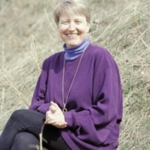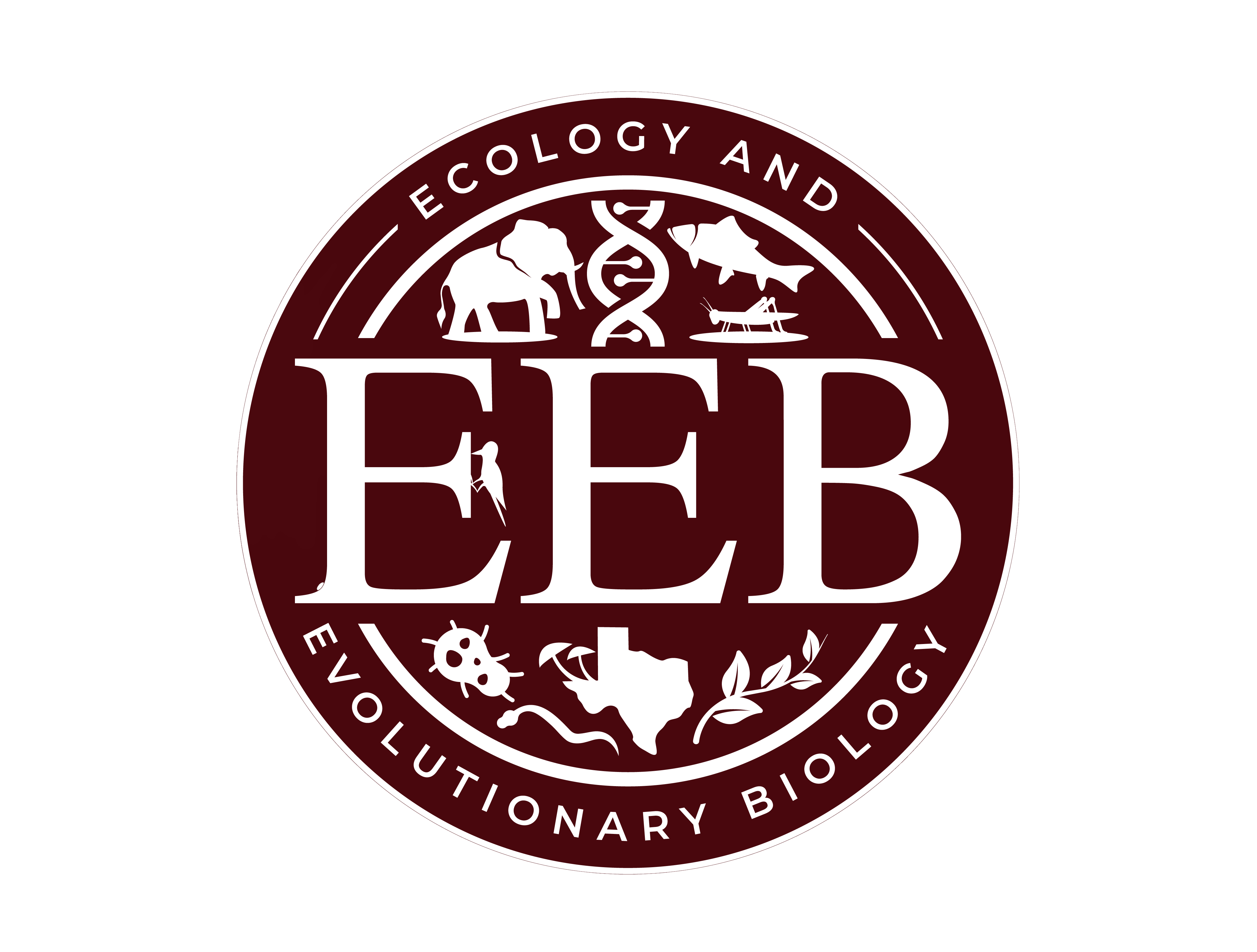Biocrusts as the critical zone in dryland ecosystems: what does the future hold?
Bio
 Jayne Belnap is a research ecologist with the U.S. Geological Service. Her work focuses on dryland and rangeland ecosystems, with a focus on how these lands can be managed sustainably while still used for grazing, recreation, and energy/mineral development and exploration. She was recognized by the Ecological Society of America as one of the most outstanding ecologists in the U.S. (2008), received the award for outstanding women in science award from the U.S. Department of the Interior (2010), and was elected a fellow of the Ecological Society of America (2015).
Jayne Belnap is a research ecologist with the U.S. Geological Service. Her work focuses on dryland and rangeland ecosystems, with a focus on how these lands can be managed sustainably while still used for grazing, recreation, and energy/mineral development and exploration. She was recognized by the Ecological Society of America as one of the most outstanding ecologists in the U.S. (2008), received the award for outstanding women in science award from the U.S. Department of the Interior (2010), and was elected a fellow of the Ecological Society of America (2015).
Abstract
Plant cover is sparse in dryland regions, and the dominant living cover is often biological soil crusts (biocrusts). These thin, soil surface communities consist of photosynthetic cyanobacteria, lichens and mosses, as well as fungi, heterotrophic bacteria and soil microfauna and together, control many of the ecosystem processes in these settings. The concept of critical zones, defined as the “heterogeneous, near surface environment in which complex interactions involving rock, soil, water, air, and living organisms regulate the natural habitat and determine the availability of life-sustaining resources” is now commonly used. Most ecosystems are dominated by tall vascular plants with roots ramifying throughout deep soils and thus the critical zone has been defined in meters. Conversely, drylands have sparse vascular vegetation, shallow soils, and large amounts of rock cover and thus here, the critical zone may be better characterized as the top centimeter of soil covered by biocrusts. Soil surface disturbance and droughts have been dramatically increasing in these regions, profoundly altering the composition of biocrusts and thus the roles they play in dryland ecosystems.


